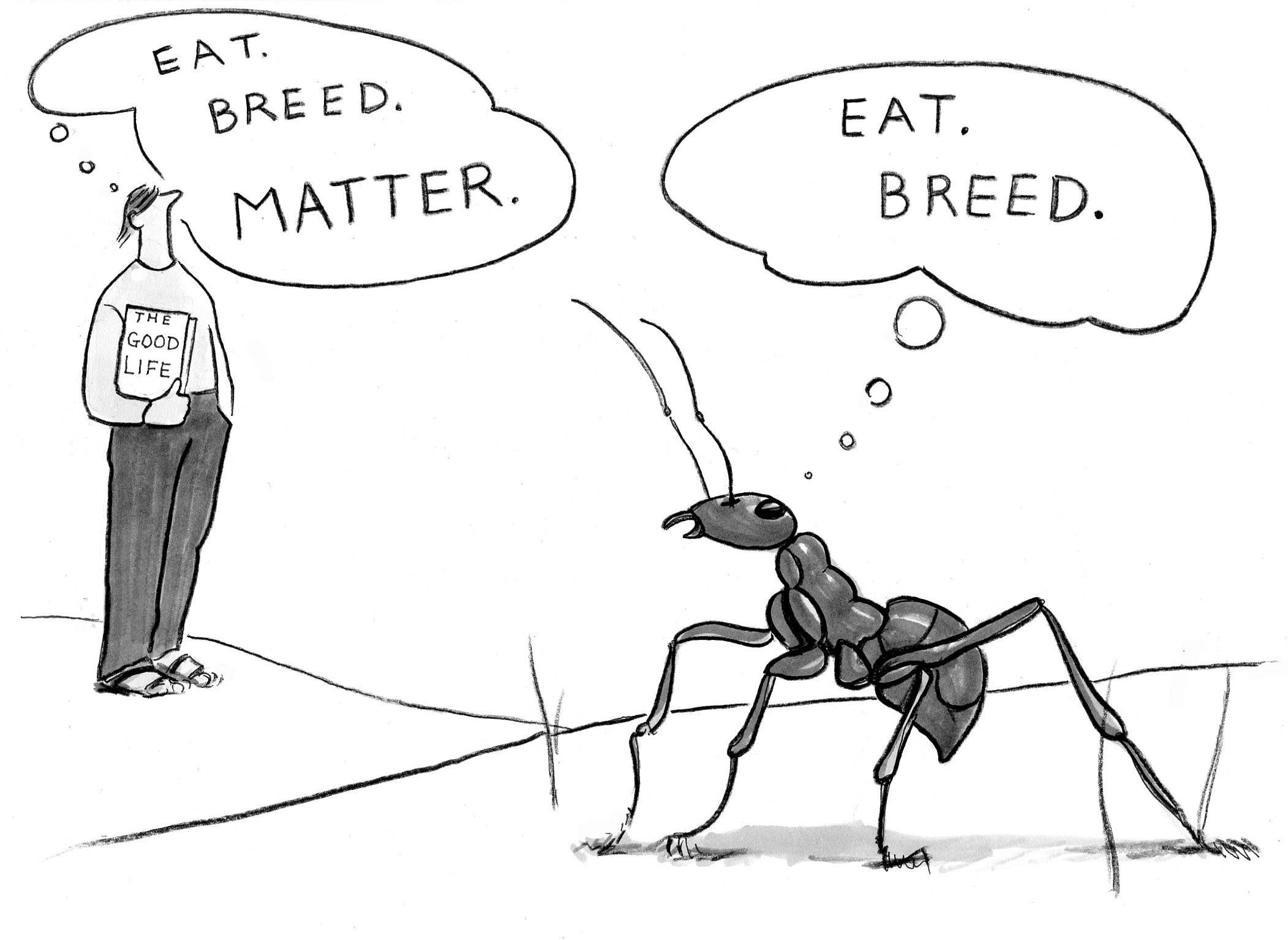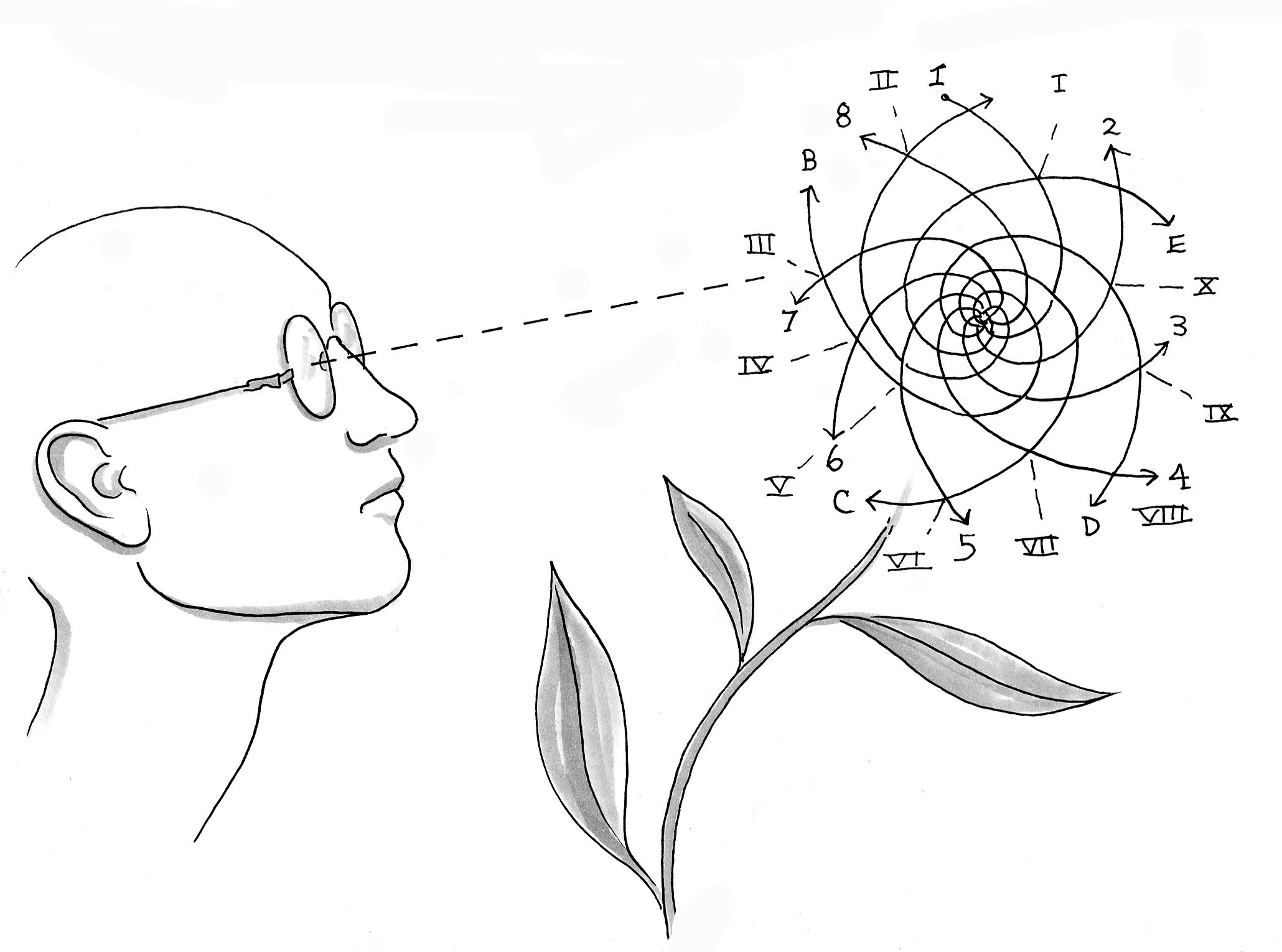E. O. Wilson
Natural “narrative selection” was key to turning insignificant apes (who had tools for 2 million years) into the species that now dominates the bio-sphere.
Science’s signature moves share something with good poetry. Good metaphor-making can make geniuses of both kinds. But bad metaphors can mislead whole fields.

